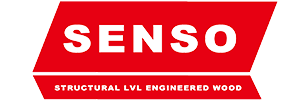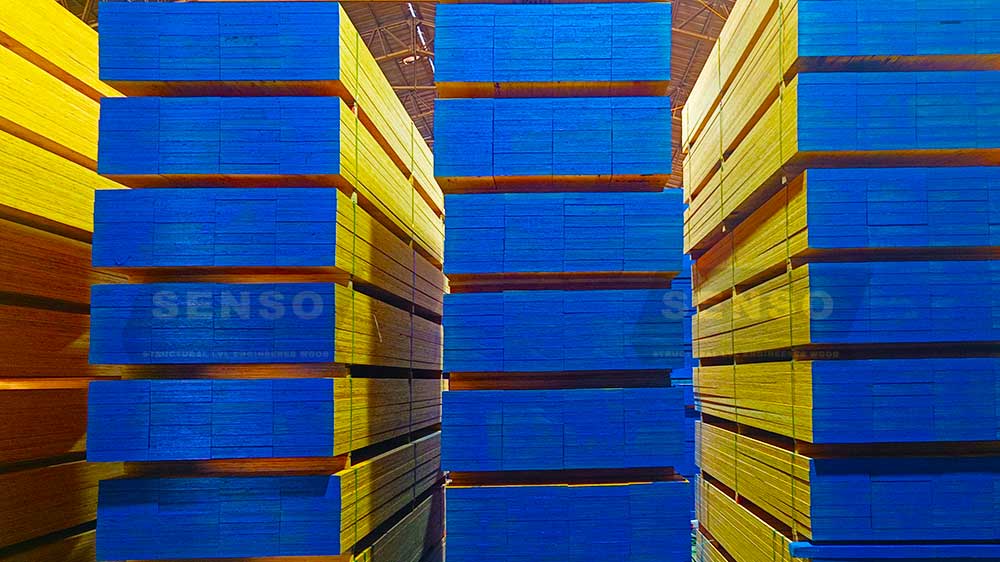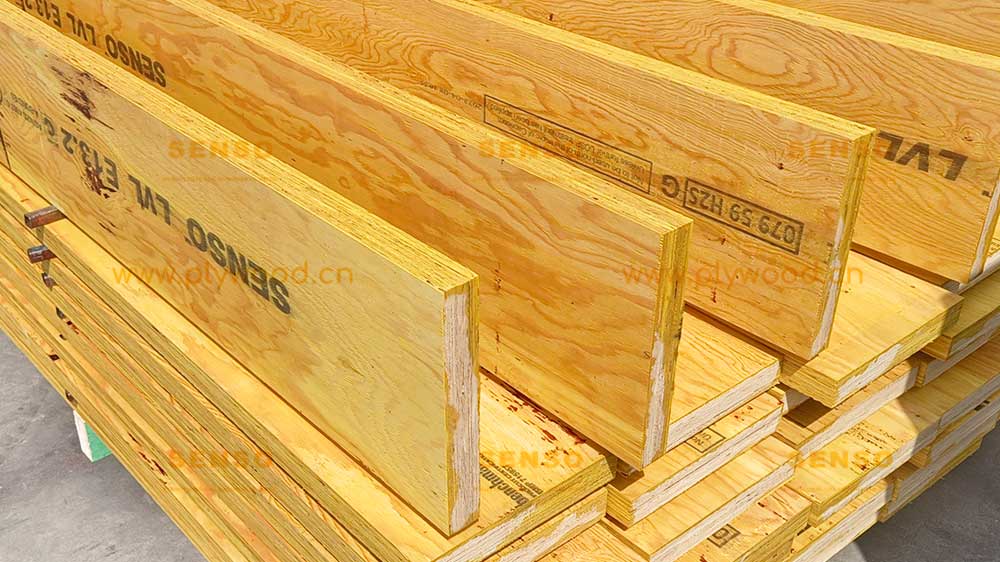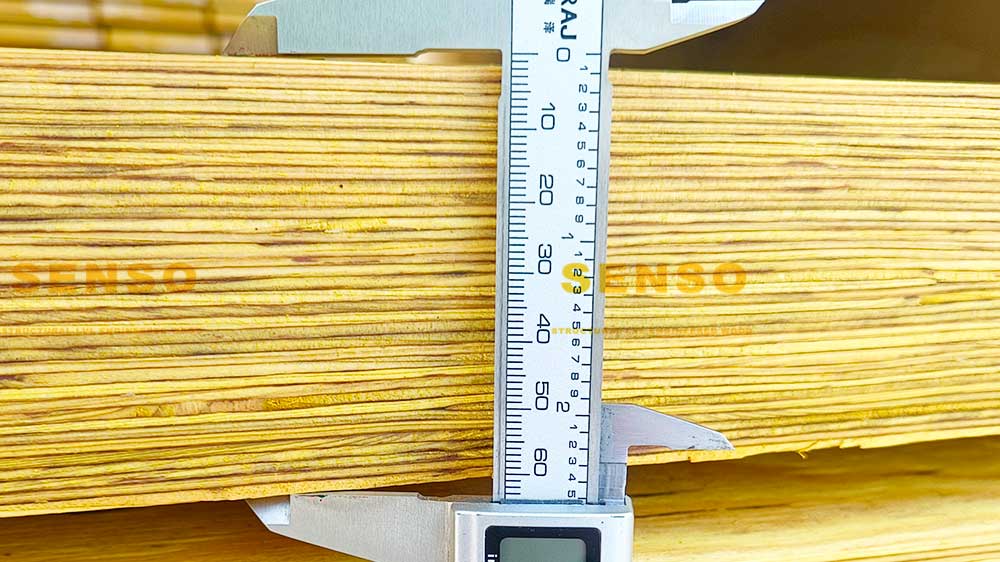What is Laminated Beam?
A laminated beams, commonly referred to as a laminated veneer lumber (LVL) beam or engineered wood beam, represents a significant advancement in construction technology. These beams are made by bonding together several layers of wood veneers or strands under heat and pressure, creating a product that surpasses traditional timber in strength and durability. Their uniformity and ability to be engineered to specific dimensions make them ideal for a wide range of structural applications.
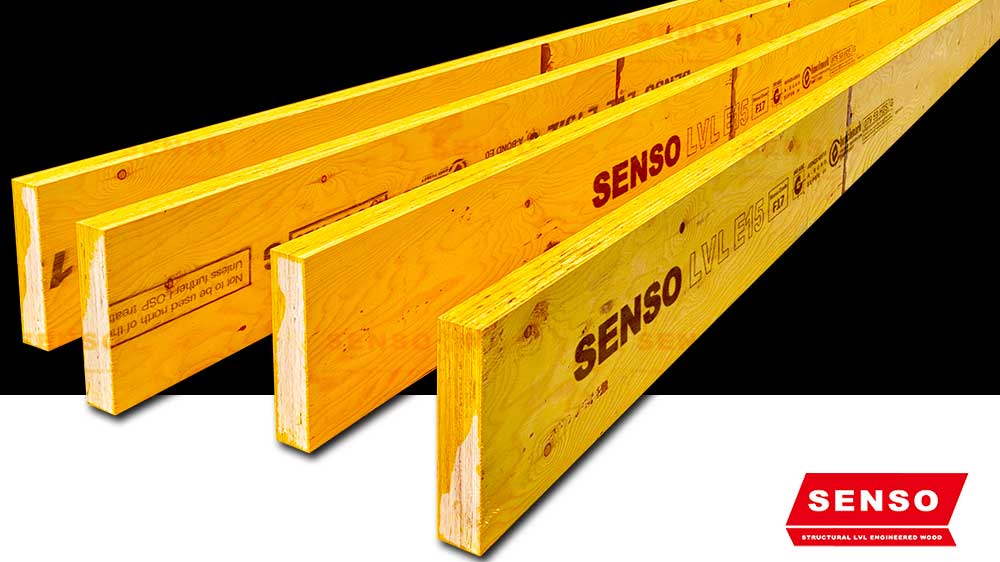
The Advantages of Laminated Beams in Modern Construction
Laminated beams are at the forefront of modern construction due to their numerous advantages. This section explores how these beams are changing the face of building practices.
Unmatched Strength and Durability
Laminated beam boast superior strength and durability compared to traditional solid wood beams. Their layered structure distributes weight evenly, reducing the risk of warping, splitting, or bending. This makes them ideal for heavy-load bearing structures and areas prone to environmental stress.
Versatility in Design and Application
The versatility of LVL beam is another significant advantage. They can be custom-made to various sizes and shapes, accommodating unique architectural designs. This adaptability makes them suitable for a wide range of applications, from residential homes to large-scale commercial projects.
Environmental Sustainability
Laminated beams are a more environmentally sustainable option than many traditional building materials. They are often made from younger, fast-growing species of timber, which are more sustainable to harvest. Additionally, the manufacturing process makes efficient use of wood, reducing waste.
Innovations in Laminated Beam Technology
The field of laminated beam technology is continually advancing, with new innovations enhancing their performance and applications. This section delves into the latest developments and their implications for the construction industry.
Advancements in Adhesive Technologies
The adhesives used in wood beam have seen significant advancements, improving the beams’ overall strength and resilience. Modern adhesives are designed to withstand extreme temperatures and moisture, ensuring the long-term stability and integrity of the beams.
Integration with Smart Building Technologies
Laminated beams are increasingly being integrated with smart building technologies. This integration allows for real-time monitoring of the structural health of the beams, ensuring safety and longevity. This smart technology also facilitates more efficient building management and maintenance.
Enhancing Construction Efficiency with Laminated Beams
The integration of laminated beams in construction projects significantly boosts efficiency, paving the way for innovative building methods. This section explores the impact of timber beam on construction processes and overall project success.
Streamlining the Construction Process
Laminated beams contribute to a more streamlined construction process. Their uniform quality and ease of installation reduce the time and labor involved in constructing complex structures. This efficiency is particularly beneficial in projects with tight timelines or where precision is paramount.
Cost-Effectiveness in the Long Run
While the initial investment in SENSO beams might be higher than traditional wood beams, their durability and low maintenance requirements make them a cost-effective choice in the long run. Their long lifespan and resistance to environmental factors reduce the need for frequent replacements and repairs.
Impact on Labor and Resource Allocation
The ease of handling and installing laminated beams allows for more efficient use of labor and resources. This efficiency not only speeds up the construction process but also reduces the overall cost of labor, making projects more economically viable.
Laminated Beams in Market Trends and Global Reach
Laminated beams are becoming increasingly popular in the global construction market. This section examines their growing influence and the expanding international demand for these innovative building materials.
Shaping the Future of Construction Materials
The rising demand for timber beam reflects a broader trend towards sustainable and efficient construction materials. Their growing popularity is encouraging manufacturers to invest in further research and development, driving innovation in the construction industry.
Expanding International Presence
The versatility and adaptability of laminated beams have led to their increased use in various international markets. Their suitability for diverse climatic conditions and architectural styles has made them a sought-after material in both developed and emerging construction markets around the world.
Broadening Applications Beyond Traditional Building
The applications of timber wood extend beyond conventional building projects. Their strength and flexibility make them suitable for a range of innovative uses, expanding the possibilities of modern construction.
Use in Unique Architectural Projects
Architects and designers are increasingly turning to engineered beam for unique and complex architectural projects. Their ability to support diverse shapes and forms allows for more creative and ambitious designs, contributing to the evolution of architectural aesthetics.
Role in Infrastructure and Public Works
Laminated beams are also making a significant impact in public infrastructure projects. Their robustness and reliability make them an ideal choice for bridges, public buildings, and other structures that require durability and safety.
Laminated Beams: Pioneering Sustainable and Innovative Construction
In the concluding part of our exploration of engineered beam, we focus on their role in pioneering sustainable and innovative construction practices. These beams are not just a material choice but a testament to the construction industry’s commitment to sustainability and innovation.
Environmental Impact and Sustainability
Laminated beams are a shining example of sustainable construction practices. Their production typically involves using wood from sustainably managed forests, contributing to responsible forestry. Moreover, the efficiency of the manufacturing process and the long life span of these beams minimize environmental impact, aligning with global sustainability goals.
Future Prospects in Laminated Beam Technology
The future of laminated beam technology holds promising potential. As research continues, we can anticipate further advancements in strength, flexibility, and environmental friendliness. These innovations will likely include improved manufacturing processes, use of eco-friendlier adhesives, and integration with other sustainable building materials, solidifying the role of LVL beam in eco-conscious construction.
Laminated Beams’ Influence on Global Construction Standards
Laminated beams are influencing global construction standards by setting benchmarks for strength, versatility, and sustainability. As these beams become more prevalent worldwide, they raise the bar for construction practices, emphasizing the importance of quality, innovation, and environmental responsibility in building projects.
FAQs About Laminated Beams
Q: What is a laminated beam?
A: A laminated beam is a type of engineered wood product made by bonding together layers of wood veneers or strands to form a strong, uniform structural element.
Q: Are laminated beams stronger than solid wood?
A: Yes, laminated beams are generally stronger and more stable than solid wood beams, making them ideal for various structural applications.
Q: What are the structural advantages of laminated beams?
A: LVL beam offer superior strength, uniformity, and dimensional stability. They are also resistant to warping and splitting, which are common issues with solid wood.
Q: What is an LVL beam used for?
A: wood beam, or Laminated Veneer Lumber beam, are used in a wide range of applications, including residential and commercial construction, where strong, durable, and versatile structural elements are required.
Q: Why use laminated beams?
A: Laminated beam are used for their superior strength, flexibility in design, environmental sustainability, and cost-effectiveness over the long term. They allow for innovative architectural designs and contribute to sustainable building practices.
The Future is Bright for Laminated Beams
As we have explored, laminated beams represent a significant advancement in building technology, offering a combination of strength, flexibility, and sustainability. Their role in modern architecture, combined with their environmental benefits, makes them a pivotal element in the future of construction. With ongoing innovations and a growing emphasis on sustainable building practices, the use of timber wood is set to expand, contributing to more efficient, aesthetically pleasing, and environmentally responsible construction projects worldwide. The future indeed looks bright for wood beam, as they continue to redefine the boundaries of architectural design and sustainable construction.
Post time: Jan-12-2024
